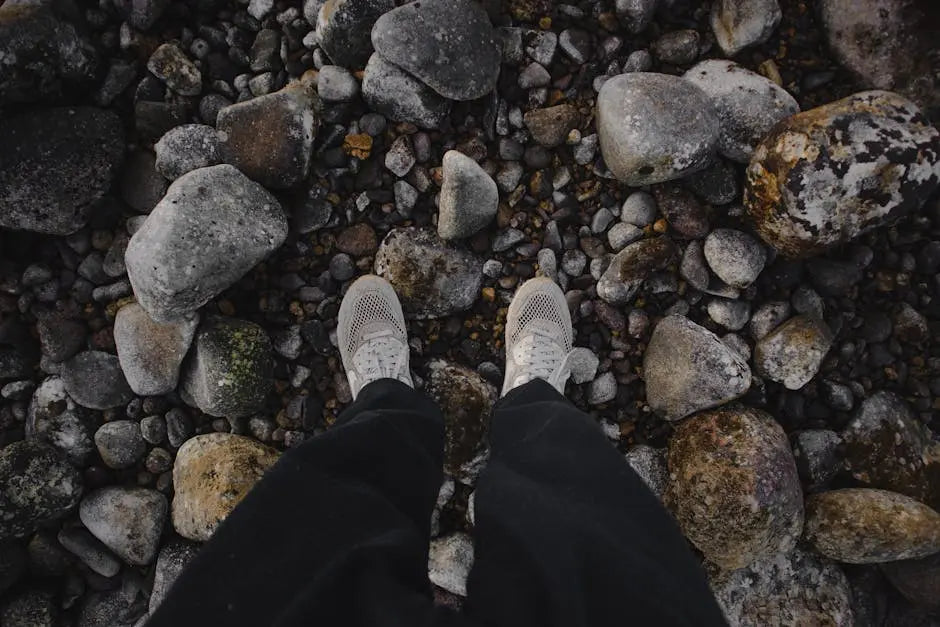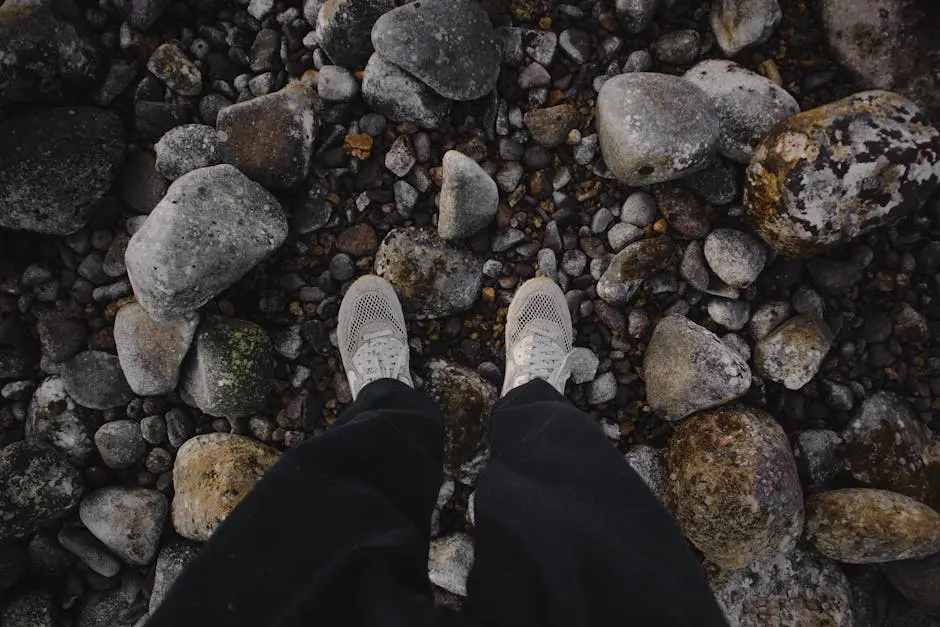
The Benefits of Walking with Minimalist Hiking Shoes
Walking is one of the simplest forms of exercise that brings numerous benefits to our health and well-being. Recently, minimalist hiking shoes have become increasingly popular among walking enthusiasts. In this blog, we will explore the benefits of walking in these shoes and how they can enhance your walking experience.
What Are Minimalist Hiking Shoes?
Minimalist hiking shoes are designed to closely mimic the natural shape and movement of the foot. They have a lightweight structure, providing minimal cushioning and allowing for a more natural stride. Many people find that these shoes offer a closer connection to the ground, enhancing the walking experience. This type of footwear is a part of a broader trend towards barefoot walking shoes, which aim to provide a more grounded walking experience. These shoes typically feature a zero-drop heel, meaning there is no height difference between the heel and toe, promoting a natural alignment and gait. Their wide toe box allows for natural toe splay, offering optimal balance and stability. By reducing the distance between your feet and the ground, minimalist hiking shoes offer a tactile sense of the terrain beneath you, enriching the walking experience.
The minimalist design helps wearers engage their feet naturally, a concept that is gaining popularity as more people look to connect with nature through their daily activities. Many enthusiasts appreciate that minimalist hiking shoes remove barriers present in conventional footwear, such as heavy soles and arch supports, focusing instead on fostering natural movement. With each step, the shoes work to bring the wearer closer to experiencing the earth, a journey described as liberating for its simplicity and adaptability to various environments.
Improved Foot Strength and Flexibility
One of the primary benefits of minimalist hiking shoes is that they encourage the natural strengthening of foot muscles. By providing minimal support, these shoes allow your feet to flex and move freely, promoting improved flexibility and strength over time. This practical approach to footwear enables even the smallest muscles in your feet to engage and participate in your walking activities. According to the Health Benefits of Switching to Barefoot Walking Shoes, engaging these muscles reduces the risk of common foot issues, such as bunions and plantar fasciitis, while improving overall foot health.
Strengthening your feet with minimalist hiking shoes can lead to tangible benefits for your entire lower body. Built-up foot muscles can reduce stress throughout your lower limbs, as they provide improved support during movement. Many wearers find that their calves, knees, and hips also experience increased flexibility and reduced tension due to a stronger base in the feet. This aspect of minimalist shoes not only promotes physical wellness but also allows wearers to feel more confident and connected while walking in various terrains, an aspect highly valued in activities such as barefoot hiking, where natural footwork plays a crucial role.
Enhanced Balance and Stability
Minimalist shoes have a lower heel-to-toe drop, which helps realign your body and improve balance. This design brings your feet closer to the ground, offering a stable base and encouraging better posture while walking. The key benefits of this design include improved stability and alignment during various physical activities, which are particularly noticeable on uneven surfaces. Minimalist shoes foster a midfoot strike, reducing the impact on joints and distributing weight evenly across the foot, thereby enhancing your body’s natural balance mechanisms. This realignment is crucial for reducing common complaints among walkers such as knee and back pain, which can be exacerbated by poor posture.
Walking in minimalist hiking shoes also improves proprioception—the awareness of where your body is in space—thanks to the direct feedback from the ground. This heightened sense of balance and spatial orientation equips you to navigate trails and streets with increased confidence. Feedback from proponents indicates an improvement in overall life quality due to these enhancements in stability, pointing towards a future where shoes serve as allies in promoting physiological wellness rather than mere protectors. This profound change echoes the philosophy behind the move to barefoot technology shoes, which aim to facilitate natural movement through innovative design.
Better Ground Feedback
Walking with minimalist hiking shoes allows for better ground feedback, giving you a more tactile sense of the terrain beneath your feet. This heightened awareness can lead to more mindful walks, allowing you to connect more with your surroundings. The thin, flexible soles characteristic of these shoes act as a sensory interface between the earth and your body, ensuring that each step is received with a rich array of information sent through your nerve endings. Such direct interaction not only enhances physical balance and adaptive response but also enriches the sensory experience, making each walk a holistic engagement with nature.
According to insights from Barefoot Hiking: Pros, Cons, and Risks to Consider, the sensory bond formed with terrain fosters a profound oneness with surroundings, heightening situational and environmental awareness. This connection can transform a mundane walk into a mindful practice with added health benefits such as increased dopamine production and reduced stress levels. Each walk becomes an opportunity to savor the nuances of the natural world and its cyclical changes, making this footwear choice a conduit for richer outdoor engagements.
Potential to Reduce Injuries
While transitioning to minimalist hiking shoes requires a gradual adaptation period, many walkers experience a reduction in common injuries, such as plantar fasciitis or knee pain, due to the more natural gait these shoes promote. The shift towards minimalist footwear emphasizes a midfoot or forefoot strike, mitigating the stress placed on heels, ankles, and knees during heel-striking—a common consequence of traditional footwear with elevated heels. This transition can lead to long-term benefits for joint health and mobility.
Adopting minimalist hiking shoes involves an adjustment period as your muscles acclimate to the new demands placed upon them. Engaging in targeted foot-strengthening exercises, transitioning gradually, and listening to your body’s signals are all effective strategies to avoid overuse injuries during this period. The potential benefits over time are substantial, as many loyalists report improved posture, reduced chronic foot pain, and a decrease in reliance on orthotic supports. As you embrace the benefits of minimalism, you gain an opportunity to foster a healthier lifestyle rooted in natural movement.
Embracing the Freedom of Minimalist Hiking Shoes
Minimalist hiking shoes offer a unique blend of comfort, natural movement, and foot strength, making them an excellent choice for walkers who wish to improve their walking experience. By embracing the simplicity and functionality of minimalist footwear, you can walk closer to nature, feel more balanced, and enjoy the countless health benefits they bring.
- Choosing a selection results in a full page refresh.
!






















































